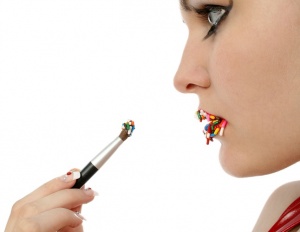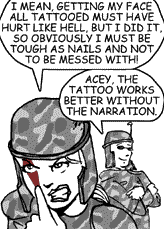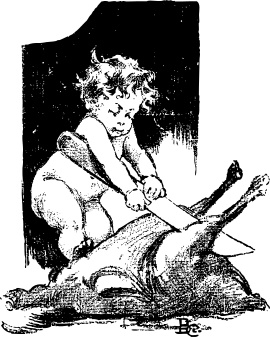
ID 1399397 | Dreamstime.com
“Isn’t s/he the sweetest thing?”
First off, show, don’t tell us the character is sweet. Two, vary the admiration beyond being candy kisses and Hershey hugs. We don’t need Romantic Diabetes.
While the book contained slow-paced well-developed romance between a-beauty-and-a-beast where both the main romantic characters mature during the story, my toleration of the romance dwindled as I was thrown out of the story several times from the Mary Sue / Gary Stu moments. (See my Mary Sue post if you don’t understand the term.)
I didn’t mind the female character, a princess, being an ALL POWERFUL wizard unsure of her abilities because of her youth, or having battle-worthy skills, or perfect beauty. It is a romance after all. Romantic leads tend toward perfection in all things. Some amount of Mary Sue/Gary Stu is expected. (Not too much – “tend toward perfection”, but not BE perfection. Come on, now, tone this back.)
It is the stuff where she (and he) does something that I expect of royalty – and the romantic partner stops the story – just in case I missed reading what happened in the last sentence and go “they are the sweetest thing.” M.u.l.t.i.p.l.e times.
Most of the powerful things done weren’t “sweet” but noble. Very different.
Each time full-stop of the story the author was calling out to the reader “See, this is why you MUST love my characters – because they are cute/spunky/sweet”. Sorry author, you don’t get to tell me I have to love characters. You got to work for it.
And showing them doing something then telling immediately following the action is NOT TRUSTING your reader. Trust your reader.

